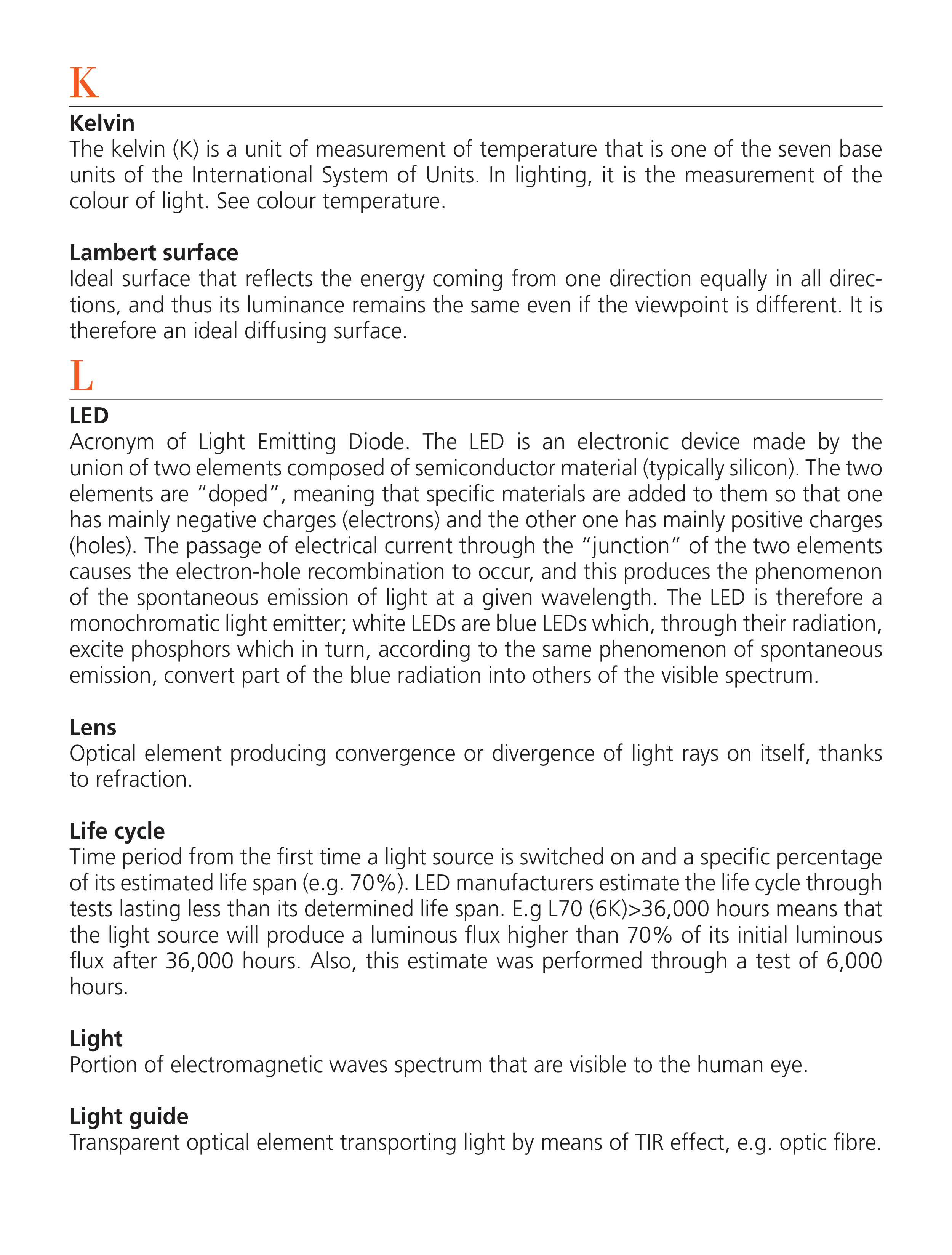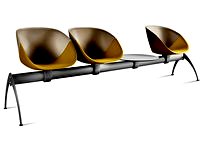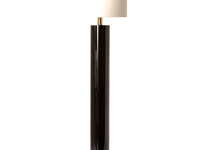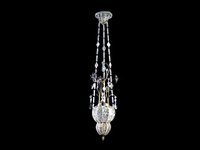K
Kelvin
The kelvin (K) is a unit of measurement of temperature that is one of the seven base
units of the International System of Units. In lighting, it is the measurement of the
colour of light. See colour temperature.
Lambert surface
Ideal surface that reflects the energy coming from one direction equally in all direc-
tions, and thus its luminance remains the same even if the viewpoint is different. It is
therefore an ideal diffusing surface.
L
LED
Acronym of Light Emitting Diode. The LED is an electronic device made by the
union of two elements composed of semiconductor material (typically silicon). The two
elements are “doped”, meaning that specific materials are added to them so that one
has mainly negative charges (electrons) and the other one has mainly positive charges
(holes). The passage of electrical current through the “junction” of the two elements
causes the electron-hole recombination to occur, and this produces the phenomenon
of the spontaneous emission of light at a given wavelength. The LED is therefore a
monochromatic light emitter; white LEDs are blue LEDs which, through their radiation,
excite phosphors which in turn, according to the same phenomenon of spontaneous
emission, convert part of the blue radiation into others of the visible spectrum.
Lens
Optical element producing convergence or divergence of light rays on itself, thanks
to refraction.
Life cycle
Time period from the first time a light source is switched on and a specific percentage
of its estimated life span (e.g. 70%). LED manufacturers estimate the life cycle through
tests lasting less than its determined life span. E.g L70 (6K)>36,000 hours means that
the light source will produce a luminous flux higher than 70% of its initial luminous
flux after 36,000 hours. Also, this estimate was performed through a test of 6,000
hours.
Light
Portion of electromagnetic waves spectrum that are visible to the human eye.
Light guide
Transparent optical element transporting light by means of TIR effect, e.g. optic fibre.







